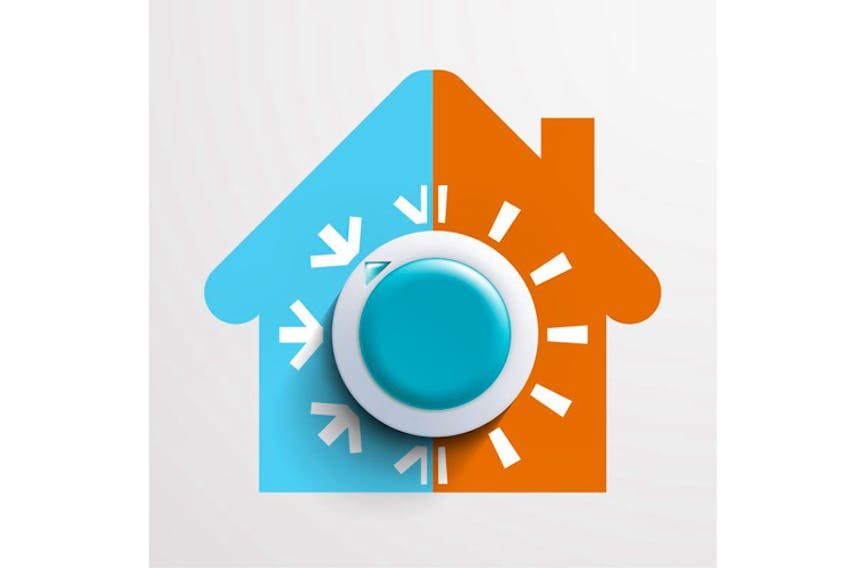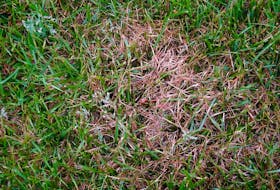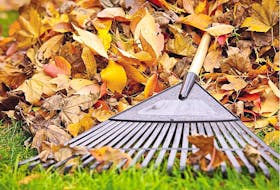With energy costs on the rise and our increasing concern to be environmentally responsible and reduce our carbon footprint, being more energy efficient is a priority among many homeowners. Here are some tips to help reduce your costs while improving the comfort level in your home, ranging from simple behavioural changes to more extensive home improvements.
Home Energy Audit
Not sure how energy efficient your home is? An EnerGuide evaluation of your home is a good starting point. A home energy assessment takes roughly two to three hours, at a cost of $99 plus tax. It provides homeowners with a detailed report that helps identify particular upgrades that can make your home more energy efficient. The report also identifies rebates that may be available for specific improvements. For more details check out www.efficiencyns.ca/service/home-energy-assessment/.
Install Programmable Thermostats
Installing programmable thermostats allows you to “set and forget” the temperatures in your home. These allow you to easily program your thermostats to turn on when you are home and turn down when you are away or sleeping. Programmable thermostats can also be set to follow your weekly schedule.
Heating and cooling costs can account for at least half of your home’s annual utility bill, so the investment of programmable thermostats can pay for itself in as quickly as one to two 1-2 years while increasing the comfort level of your home.
Adjusting your day-to-day behaviour
Reducing your energy consumption immediately does not even require you to spend any money. A few simple lifestyle changes can greatly help reduce your energy bills. Try lowering your thermostat just one degree; take shorter showers; close the curtains and blinds at night to insulate rooms; turn off lights, appliances and devices when not in use; hang clothes to dry instead of using the dryer and wash and dry only full loads of laundry.
Some of these ideas may not seem like a lot, but a few simple changes can really make a difference and help to reduce your energy costs.
Draft-proofing
Addressing heat loss due to air leaks in your home can both save you money and increase the comfort level of your home. A home energy assessment is the easiest way to locate air leaks in your home. But you can also test for air loss in areas around doors and windows by simply holding your hand in front of the door and windows and see if you feel any airflow. This can be most noticeable on a cold, windy day. You will be able to easily feel any areas of heat loss.
Another way is to light a candle and slowly hold the flame around the frame of the window or door; if the flame flickers or goes out, there is heat loss. Seal any gaps between the wall and the window or door trim with a good quality silicon caulking.
Some other common areas where your home may be losing heat are around attic hatches, electrical switch and receptacle plates, around pipes and cables/wires that enter the home, mail slots and fireplace dampers. These are inexpensive fixes most homeowners can do themselves to help reduce those cold winter drafts.
Improve your Insulation
Insulating your entire home is the best practise to retain maximum heat during the winter months. However, if you pick one insulation project to tackle this year, it should be the attic. Hot air rises, eventually making its way to the attic, which is where a house can lose the most heat if not adequately insulated. Inadequate insulation in the attic can also result in ice dams, icicles and roof hot spots. In Nova Scotia, the building code specifies an R-value of 50 in the attic.
R-value is a measure used to describe the effectiveness of insulation. Different types of insulation have different R-values. Depending on the insulation you have, this can be 12 to 20 inches of insulation. Older homes tend to have lower R-values because building codes were different and fuel costs were cheaper than they are today. Adding to existing insulation in older homes will increase the comfort of your home year round and can have significant return on investment in as little as two years. Having appropriate levels of insulation keeps the heat inside your house in the winter and keeps it outside your home in the summer.
Improve your heating system
In recent years, heat pumps have become very popular in Nova Scotia for their efficient home heating and cooling capabilities. Installing a heat pump will definitely reduce the cost of heating your home. However, depending on how much you currently spend on heating bills, the cost savings may not justify the investment. Calculate if your heating cost savings will cover the price of the heat pump in five to eight years. But if your goal is to simply be more comfortable, warmer in the winter and cooler in the summer, then a heat pump is definitely a good way to go.









